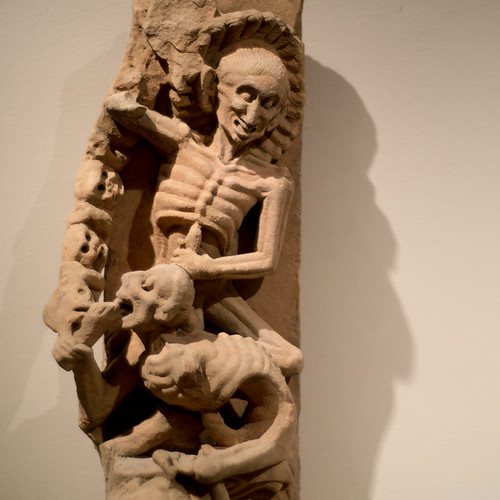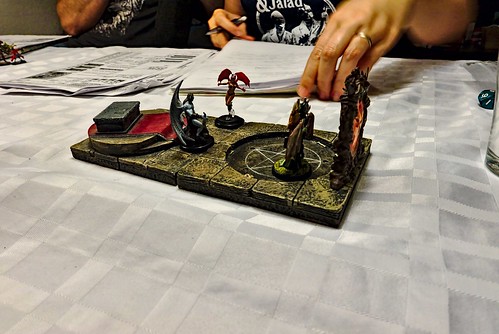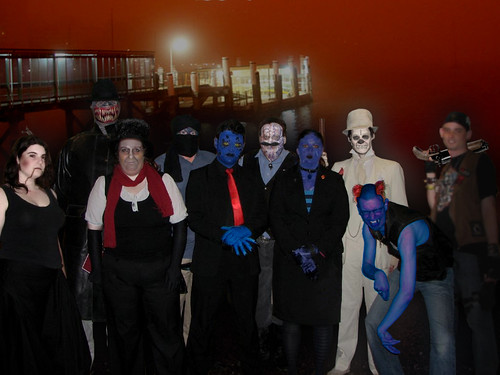Dangerous Monsters of the East: The Rakshasa
If you’re looking for a thrilling adventure, head to the East and discover the mysteries of the dangerous creatures that are said to lurk there. From giant serpents to supernatural demons, these beasts have been feared by many throughout history. Today we’re taking a closer look at one of these monsters in particular – the Rakshasa. Read on to find out more about this mythical creature and its dark secrets!
Introduction
The Rakshasa are a dangerous and fearsome monster that can be found in the east. They are said to be the spawn of the demon Rakshasa, and are known for their razor sharp claws and teeth. They are also known for their ability to transform into any animal they please, making them difficult to defeat.

Historical Origins
The Rakshasa, or rakshasas, are a notorious and feared group of monstrous creatures that originated in India and Pakistan. Originating as half-man, half-lizard creatures, the Rakshasa were known for their viciousness and cruelty. Over time they have become synonymous with terror and evil throughout eastern cultures.

Physical Characteristics
A Rakshasa is a mythical creature found throughout the Indian subcontinent and Southeast Asia. They are generally depicted as serpentine, clawed beasts with rows of razor-sharp teeth and sinister eyes. Their most common habitats are dark forests and swamps, but they can also be found near waterfalls or in other places of dense vegetation. Rakshasa prey mostly on animals, but have been known to attack humans on occasion.
Rakshasas typically measure between 4 to 6 feet in length and weigh around 100 pounds. They have long snakelike bodies with large heads, spiny ears, and sharp claws. The color of a Rakshasa’s scales can vary depending on the region where it lives, but most commonly they are brown or greenish-black with reddish stripes down their backs. Like all serpents, a Raksha ESA has venom glands that produce an extremely poisonous fluid to paralyze its prey before devouring it alive.

Behavior and Diet
Rakshasa are one of the most feared monsters in India, and rightly so. These ferocious creatures are often depicted as half-human, half-lion, and they enjoy feeding on human flesh. Rakshasa typically inhabit rural areas in search of prey, but they can also be found living in cities if fed enough human flesh.
Most rakshasa populations maintain a low profile and avoid confrontation with humans unless provoked, but a select few have been known to strike out at humans on occasion. Rakshasa are fast runners and skilled climbers, which makes them difficult to spot before it’s too late. They usually attack from behind with razor sharp claws and teeth, leaving victims bleeding and battered before moving on to the next victim.
Because rakshasas feed mainly on human flesh, they tend to stick close to populated areas where there is plenty of food available. Unfortunately for humans living in these areas, this means that rakshasas are very difficult to catch without help from other predators or Sharp Weapon wielding experts like the sarpa karta (hunting bird).
Rakshasa Lore and Legends
The Rakshasa is a fearsome monster that inhabits the eastern regions of the world. Originating in India, the Rakshasa is said to be a creature with the head of a lion, the body of a snake, and the wings of a vulture.
The Rakshasa is feared for its deadly venom and razor-sharp claws. It is also said to be able to transform into any animal or human form it desires, making it an incredibly dangerous foe. Some believe that the Rakshasa is responsible for many human deaths, and that it preys on the innocent.
The Rakshasa is often depicted in stories as a creature of pure evil. Its venomous bite and razor-sharp claws make it an extremely dangerous foe, and its ability to transform into any animal or human form makes it even more dangerous. Stories about the Rakshasa are often filled with terror and suspense, making it an ideal creature for horror movies and literature.
Protection and Defense Against the Rakshasa
The Rakshasa (also known as the Nagas, Raksasas, and Apsaras) are dangerous monsters originating from India. They are often depicted as humanoid creatures with a snake-like body and head, but can sometimes have more canine or insectoid features. The Rakshasa is said to be able to transform into any animal it desires and practice magic for evil purposes. It is also said to be very skilled in martial arts and weaponry, and can render its victims speechless with just a glance.
Fortunately, there are many ways that you can protect yourself from the ravages of a rakshasa. First and foremost, know your surroundings and be aware of where these fearsome creatures may lurk. always stay alert when outdoors at night or in areas remote from civilization. If confronted by a rakshasa, do not hesitate to fight back using whatever means necessary – even if this means using weapons or spells you may not originally consider resorting to. Remember: only use lethal force if necessary to survive!

Conclusion
The Rakshasa is a creature from the East, and as such, has many ferocious protective behaviors in place. While they are generally not considered to be dangerous creatures by most people, their reputation as beings that can kill with just a glance makes them all the more risky. If you ever encounter one of these warriors of death, be sure to keep your guard up at all times!
In conclusion, the Rakshasa is a dangerous and mysterious monster of Eastern mythology that has captivated people for centuries. While their physical characteristics, behavior, and diet are known, much of their lore and legends remain shrouded in mystery. Despite this, there are ways to protect oneself from the Rakshasa, such as reciting mantras or wearing protective amulets. Whether you believe in the power of the Rakshasa or not, it is important to be aware of their presence in mythology and folklore.

Shoptimizer Blog
Meditation williamsburg kogi blog bushwick pitchfork polaroid austin dreamcatcher narwhal taxidermy tofu gentrify aesthetic.
Humblebrag ramps knausgaard celiac, trust fund mustache. Ennui man braid lyft synth direct trade.


